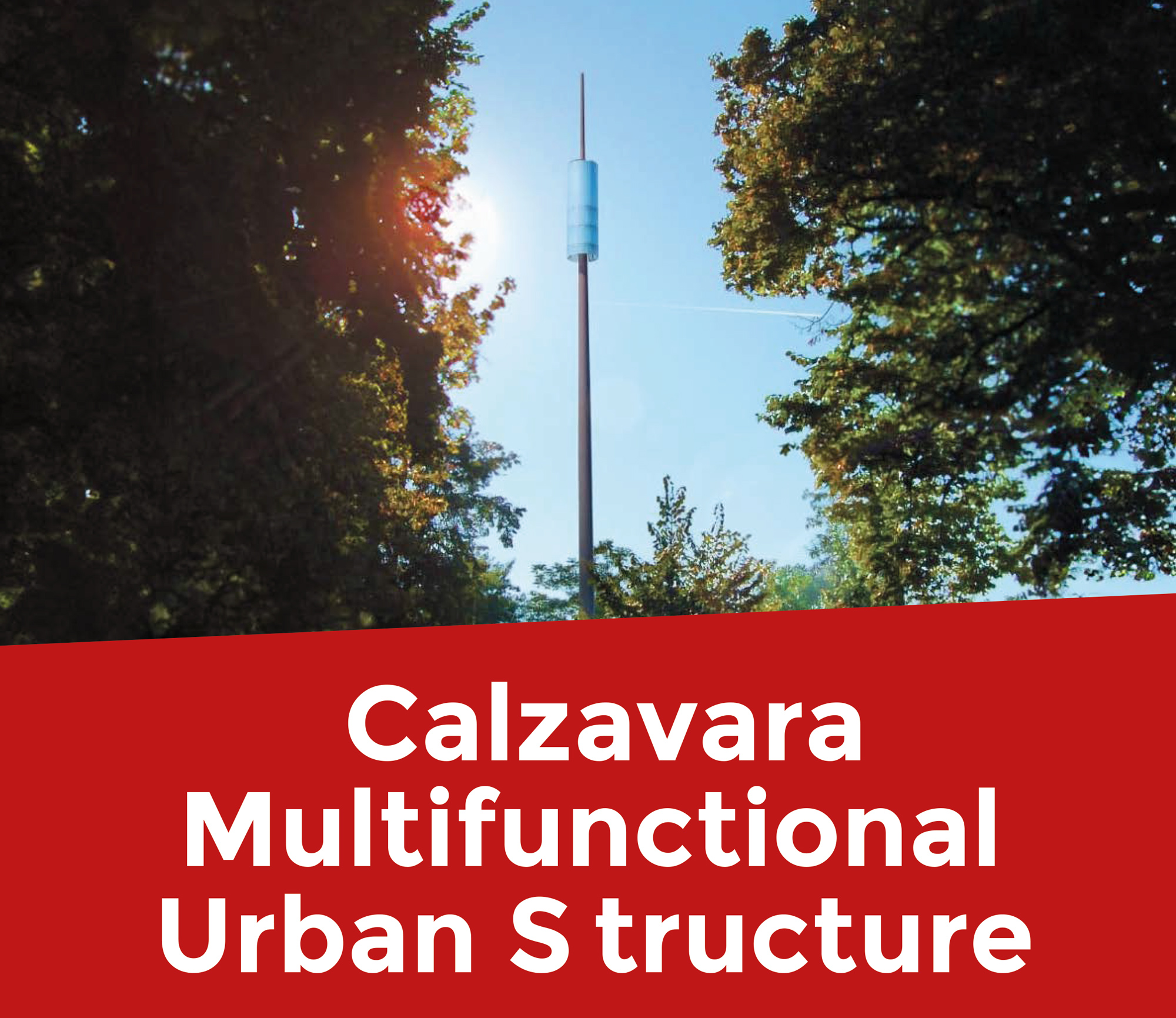- 24 Temmuz 2024
- 6075 defa okundu.
Calzavara Multifunctional Urban Structure
Calzavara ve Desall'ın düzenlediği "Calzavara Multifunctional Urban Structure" yarışması; ana işlevini kentsel mobilya ve çevresel hizmetlerle birleştiren bir telekomünikasyon yapısının tasarımına odaklanıyor. Yarışma için son başvuru tarihi ise 17 Eylül 2024.
Summary
Calzavara and Desall invite you to participate in a new contest dedicated to the design of a telecommunications structure, which combines its primary function with elements of urban furniture and ambient intelligence services.
What are they looking for
Calzavara is looking for fresh concepts and designs for multifunctional urban furniture structures. These structures will house mobile phone antennas and other radio devices while also functioning as attractive and/or functional aspects.
The “macro” mobile cell phone antennas will always be at the top, while the radio devices will typically be put in an accessible area near the base (lower section).
Given the structure’s urban destination, the remaining parts can be designed to host ambient intelligence services such as cameras, advertising or informational LED screens, advertising decorative elements (e.g., banners), lighting, electric charging for cars or scooters, and urban furniture elements such as benches, bicycle racks, and so on.
Project type
You are invited to create a multifunctional urban structure that will house mobile telephony antennas. The antennas can be hidden inside the structure or made apparent as part of its design. Please refer to the downloadable Material files for examples of multifunctional urban constructions, as well as antenna and radio device dimensions.
Style and aesthetic
The new structure must be innovatively designed, with a modern aesthetic fit for urban installation and global dissemination. The construction must be essential, taking into account the cost of the resources that will be used to build it.
The structure may incorporate the aesthetics of urban furniture (such as a streetlight pole) or a single ornamental piece (such as an “urban sculpture” placed along an avenue, in a garden, or in the centre of a roundabout).
There are already buildings in the firm inventory that resemble trees, such as pine trees, palms, and cypresses. As a result, such solutions are not eligible for consideration in the contest and will not be accepted.
We remind you that antennas can be hidden inside the structure or apparent integrated parts in the structure’s design, which plays a significant role in its aesthetics. In any scenario, the antennas must be located at the top. For more details, see the downloadable Material files.
Features/functionality
The structure’s primary function is to host mobile phone antennas on its highest point, but it can also provide urban-related functionalities such as informational panels, displays with traffic information, parking availability, or other types of information, surveillance services (cameras), lighting, advertising (LED screens or banners), electric charging services (car chargers, scooters, bicycles), and so on. The constructions may also incorporate urban furniture components such as benches, bicycle racks, green areas and so on.
When selecting functionalities, evaluate the rising needs of the urban population and what unique services and functions these buildings could supply. When selecting functional pieces or devices to use, make sure that they are all readily available on the market.
Dimensions
The antennas must be located at the highest point of the construction, which will have an overall height of between 15 and 25 metres. You can use a pole or a portion of the main structure to get as high as possible.
Technical Information
Three sectors totaling 360 degrees of antenna emission will be housed in the structures you create. The antennas are usually mounted in a consistent pattern on a single pole above 15 metres in height, with each antenna pointing outward and spaced 120 degrees apart.
Each sector is made up of:
– Two or more antennas positioned at the top of the structure, either level with each other or one above the other, to provide the best possible signal coverage. The hosted antennas are of the macro type for either 4G or 5G, and they can be combined into a single 4G/5G combo antenna or separated (the two options are alternatives to each other).
– Two or more radio devices placed either behind or beneath their individual antennas, or at the base of the structure (within a technical cabinet, for example).
Contest timeline
Upload phase: 22 May 2024 – 17 September 2024 (1.59 PM UTC)
Concept review: 24 June 2024 (1.59 PM UTC)
Client vote: from 17 September 2024
Winner announcement: tentatively by the end of November 2024
Awards
1°: €5000
The selection of the winner by the Sponsor will be the result of an unquestionable evaluation and it will take into account originality, feasibility and consistency of submitted projects with the presented brief.
Extra Award (option right fee): €2000
Throughout the duration of the option right, the Sponsor offers an additional opportunity to all participants by setting the compensation of €2000 for the purchase of the licence for the economic exploitation of projects not recognized as winning proposals.







